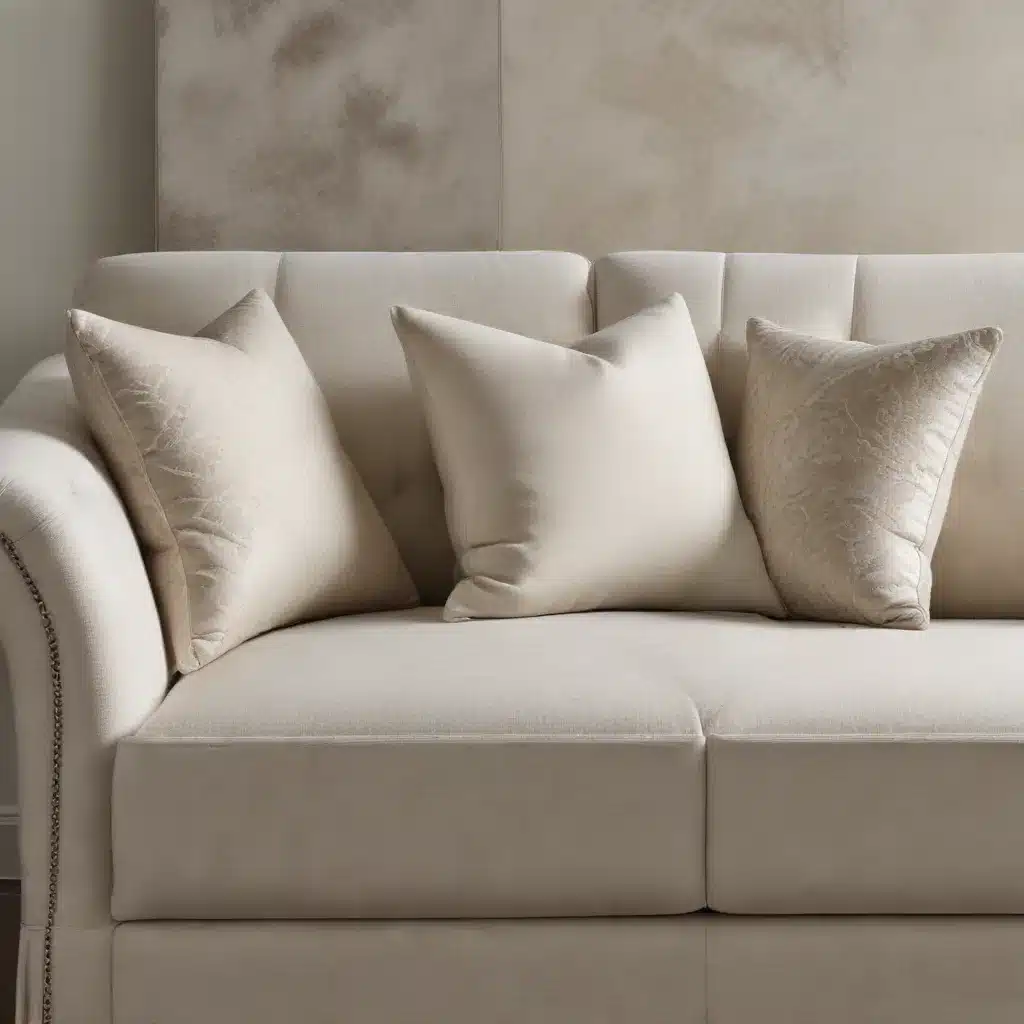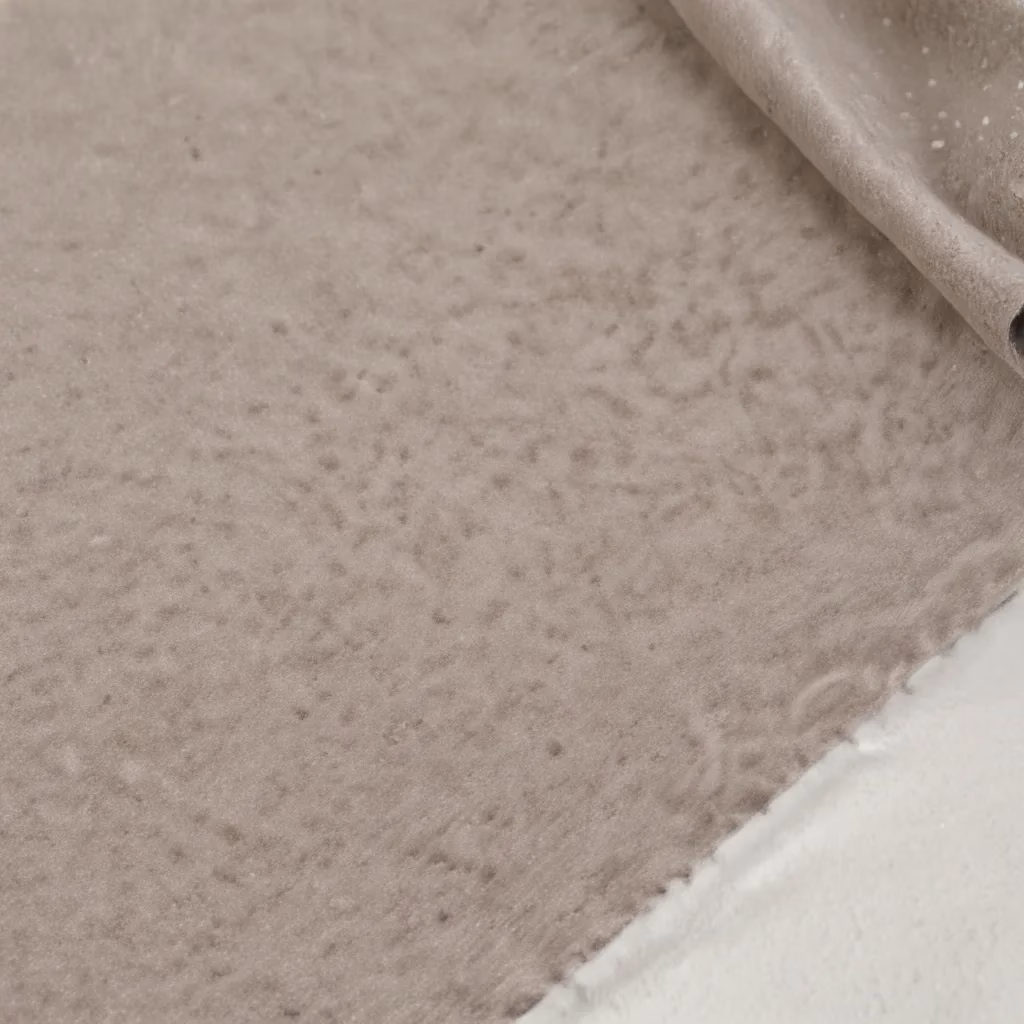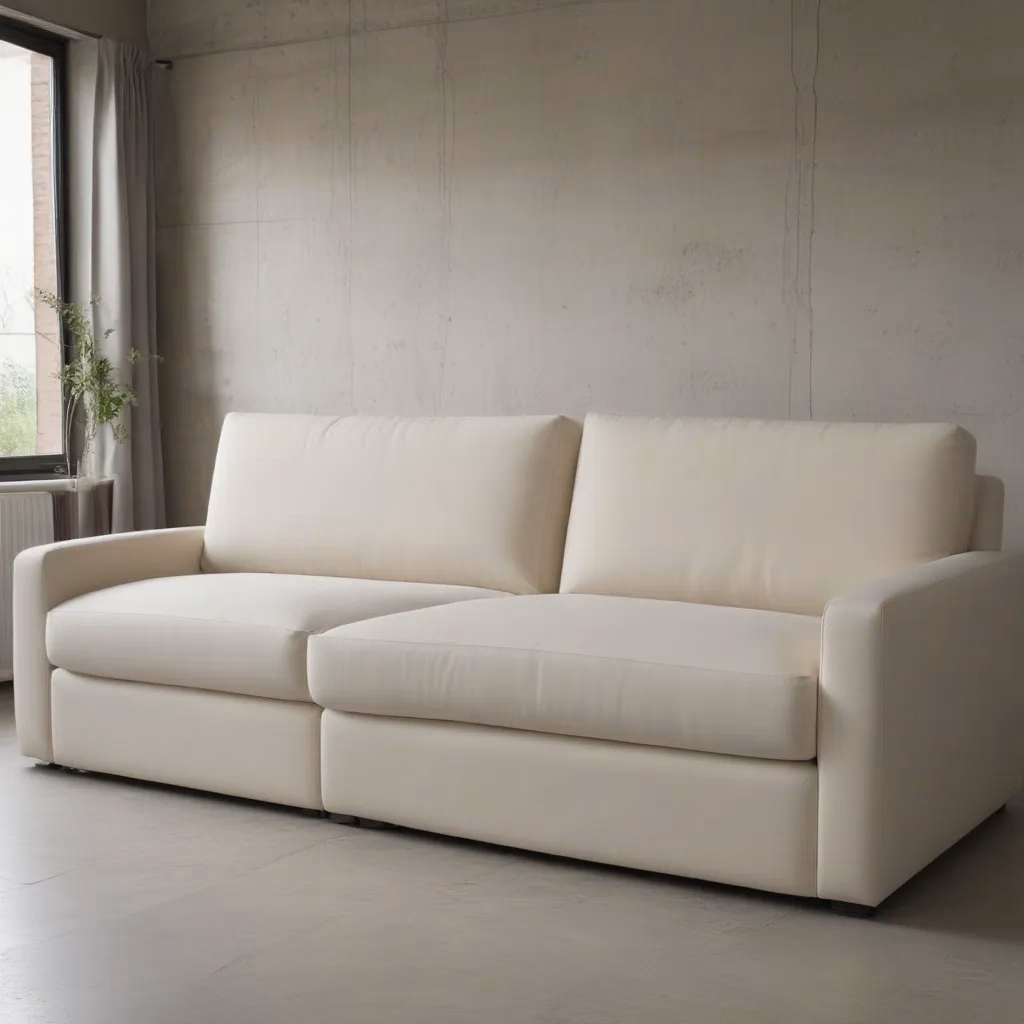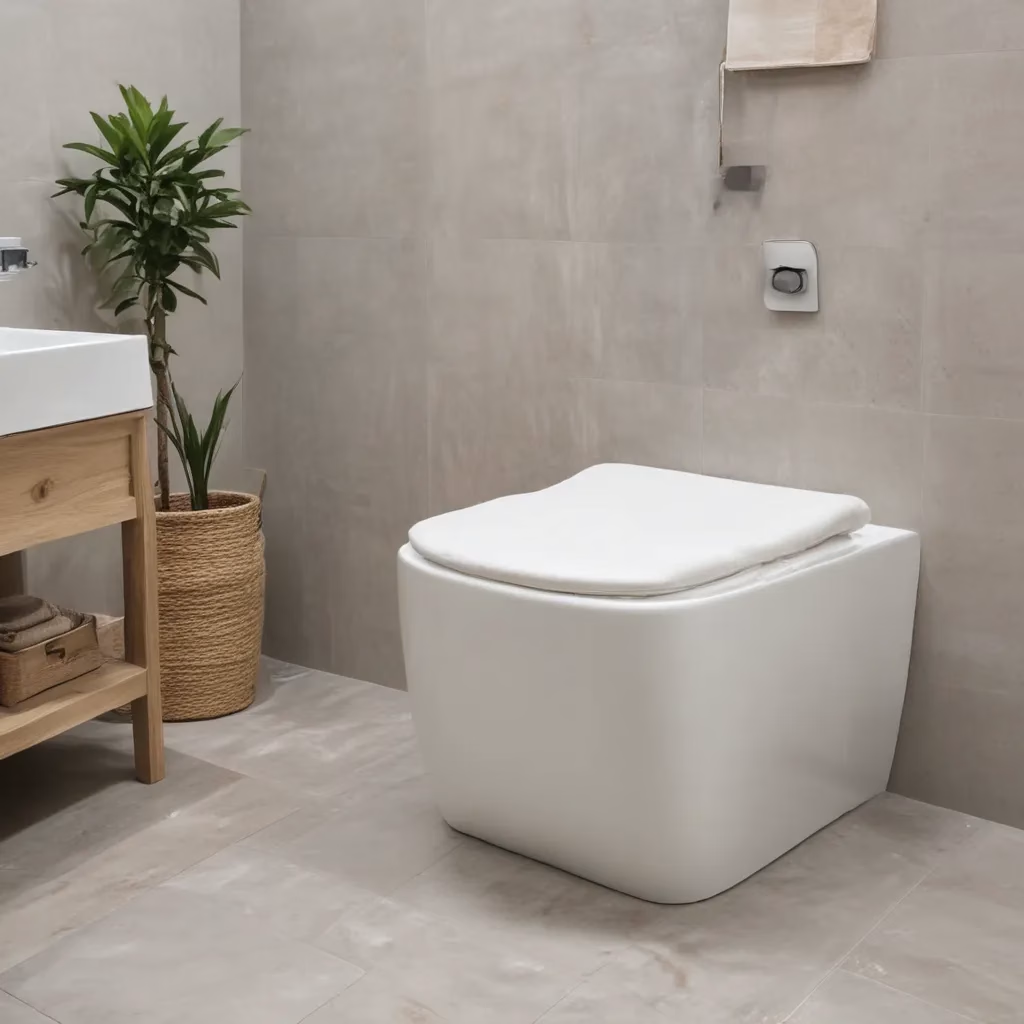
The Art of Selecting Premium Fabrics for Your Sofa
Choosing the right upholstery fabric for your sofa is a critical decision that can significantly impact the overall look and feel of your living room. As we approach September 2024, the UK furniture market is witnessing a surge in demand for luxurious and durable materials that not only enhance the aesthetic appeal of sofas but also provide unparalleled comfort.
When selecting upholstery fabrics, it’s essential to consider factors such as durability, ease of maintenance, and colour fastness. High-quality fabrics can withstand daily wear and tear, resist fading, and maintain their luxurious appearance for years to come. Additionally, the texture and feel of the fabric play a crucial role in creating a welcoming atmosphere in your living space.
In recent years, there has been a noticeable shift towards natural and sustainable materials in the UK furniture industry. Consumers are increasingly opting for fabrics made from organic cotton, linen, and wool, which not only offer superior comfort but also align with eco-friendly values. These materials are known for their breathability, moisture-wicking properties, and ability to regulate temperature, making them ideal choices for year-round comfort.
Popular Upholstery Fabrics in the UK Market
The UK furniture market offers a wide range of upholstery fabrics to suit various preferences and interior design styles. Here’s a comparison of some popular options:
| Fabric Type | Durability | Maintenance | Comfort | Aesthetic Appeal |
|---|---|---|---|---|
| Velvet | High | Moderate | High | Luxurious |
| Linen | Moderate | Easy | High | Casual-Elegant |
| Leather | Very High | Easy | High | Sophisticated |
| Microfiber | High | Easy | High | Modern |
| Wool | High | Moderate | High | Classic |
Velvet has seen a resurgence in popularity, particularly in jewel tones and rich, deep colours. Its plush texture and light-reflecting properties add a touch of opulence to any living room. Linen, on the other hand, offers a more relaxed and airy feel, perfect for creating a casual yet refined atmosphere.
Leather remains a timeless choice, prized for its durability and easy maintenance. As it ages, leather develops a unique patina, adding character to your sofa. Microfiber is favoured for its stain-resistant properties and soft feel, making it an excellent option for households with children or pets.
Choosing the Right Colour and Pattern
The colour and pattern of your sofa’s upholstery can dramatically influence the ambiance of your living room. As we look towards September 2024, UK interior design trends are leaning towards bold, statement colours and intricate patterns that serve as focal points in the room.
Deep, saturated hues such as navy blue, forest green, and burgundy are gaining popularity, offering a sophisticated alternative to traditional neutral tones. These colours can add depth and warmth to your living space, creating a cosy and inviting atmosphere.
For those who prefer a more subtle approach, textured fabrics in neutral shades are an excellent choice. These fabrics add visual interest without overwhelming the space, allowing for greater flexibility in accessorising and changing the room’s decor over time.
When it comes to patterns, geometric designs and abstract prints are making a strong statement in UK interiors. These patterns can inject personality and modernity into your living room, especially when paired with solid-coloured accessories and furnishings.
Comfort and Functionality: Beyond Aesthetics
While the visual appeal of upholstery fabric is important, comfort and functionality should not be overlooked. The tactile experience of sitting on your sofa is crucial for creating a relaxing and enjoyable living space.
Fabrics with a soft hand feel, such as high-quality cotton blends or plush velvets, offer immediate comfort upon contact. However, it’s also important to consider the fabric’s performance over time. Materials that resist pilling and maintain their shape after prolonged use will ensure your sofa remains comfortable for years to come.
For households with specific needs, such as homes with pets or allergy sufferers, specialised fabrics are available. Pet-friendly fabrics with tighter weaves and stain-resistant treatments can withstand claws and accidents, while hypoallergenic materials can help create a healthier living environment.
Sustainability in Upholstery: A Growing Trend
As environmental consciousness continues to grow in the UK, many consumers are seeking sustainable options for their furniture. This has led to an increase in the availability of eco-friendly upholstery fabrics made from recycled materials or sustainably sourced natural fibres.
Some innovative fabrics are now being produced from recycled plastic bottles, offering a durable and environmentally responsible choice for sofa upholstery. These materials not only help reduce waste but also often require less water and energy to produce compared to traditional fabrics.
Additionally, natural fabrics treated with non-toxic dyes and finishes are becoming more prevalent in the market. These options allow consumers to enjoy beautiful, high-performance upholstery without compromising on their environmental values.
Mixing and Matching: Creating a Cohesive Look
One of the current trends in UK interior design is the artful mixing of different fabrics and textures to create a layered, sophisticated look. This approach allows for greater creativity and personalisation in your living room decor.
When combining different upholstery fabrics, it’s important to consider the overall colour scheme and style of your room. A good rule of thumb is to choose one dominant fabric for larger pieces like sofas, and then complement it with accent chairs or ottomans in contrasting textures or patterns.
For example, a velvet sofa in a rich jewel tone can be beautifully paired with linen accent chairs in a neutral shade. Adding throw pillows in various textures and complementary colours can further enhance the visual interest of your seating arrangement.
Care and Maintenance of Luxury Upholstery
Investing in luxurious upholstery fabrics requires proper care and maintenance to ensure their longevity. Different materials have varying care requirements, so it’s essential to follow the manufacturer’s guidelines for cleaning and maintenance.
Here are some general tips for caring for your upholstered furniture:
- Regular vacuuming: Use a soft brush attachment to remove dust and debris weekly.
- Prompt stain removal: Address spills immediately to prevent staining.
- Professional cleaning: Schedule professional cleaning annually or as recommended by the manufacturer.
- Rotate cushions: Regularly rotate and flip cushions to ensure even wear.
- Protect from sunlight: Use window treatments to prevent fading from direct sunlight.
By following these care instructions, you can keep your upholstery looking fresh and luxurious for years to come.
The Impact of Texture on Room Acoustics
An often-overlooked aspect of upholstery fabric selection is its impact on room acoustics. The texture and density of your sofa’s fabric can significantly affect how sound travels in your living space.
Plush, thick fabrics like velvet or heavy wool tend to absorb sound, helping to reduce echoes and create a more intimate atmosphere. This can be particularly beneficial in open-plan living areas or rooms with high ceilings, where sound can easily bounce off hard surfaces.
Conversely, smoother fabrics like leather or tightly woven synthetics may reflect more sound, which can contribute to a livelier acoustic environment. This can be desirable in spaces where you want to maintain a sense of energy, such as in family rooms or entertainment areas.
Consider the primary use of your living room when selecting upholstery fabrics. If you often host gatherings or enjoy watching films, fabrics that help control sound may enhance your overall experience.
Customisation Options for Unique Interiors
The UK furniture market is seeing a growing demand for customisable options, allowing homeowners to create truly unique living spaces. Many retailers now offer made-to-order sofas where customers can select not only the upholstery fabric but also the style, size, and additional features.
This trend towards customisation extends to the fabrics themselves, with some manufacturers offering bespoke printing services. This allows you to create one-of-a-kind patterns or even incorporate personal artwork into your upholstery, resulting in a truly personalised piece of furniture.
When considering customisation, it’s important to think about the long-term appeal of your choices. While a bold, unique fabric may be exciting initially, consider how it will fit into your decor as your tastes evolve over time.
The Role of Technology in Fabric Selection
Advancements in technology are revolutionising the way consumers shop for upholstery fabrics. Virtual and augmented reality tools are becoming increasingly common, allowing shoppers to visualise how different fabrics will look in their own living spaces before making a purchase.
These technologies enable you to experiment with various colours, patterns, and textures in a virtual environment, helping to reduce uncertainty and ensure you make the right choice for your home. Some retailers even offer fabric sample delivery services, allowing you to see and feel the materials in person before committing to a purchase.
Additionally, online configurators and 3D modelling tools are making it easier than ever to design custom sofas, giving consumers unprecedented control over the final product. These tools often provide detailed information about each fabric option, including durability ratings, care instructions, and environmental certifications.
Seasonal Considerations in Fabric Selection
The UK’s varied climate means that seasonal changes can significantly impact your comfort at home. When selecting upholstery fabrics, it’s wise to consider how they will perform throughout the year.
For the cooler months, fabrics that retain warmth, such as wool or velvet, can help create a cosy atmosphere. These materials naturally insulate, providing a comfortable seating experience even on chilly evenings.
In contrast, for the warmer seasons, breathable fabrics like linen or cotton blends can help keep you cool. These materials allow for better air circulation and moisture wicking, preventing that uncomfortable sticky feeling often associated with synthetic fabrics in hot weather.
Year-round comfort can be achieved by selecting versatile fabrics or by using removable covers that can be changed seasonally. This approach allows you to adapt your living room to the changing weather while maintaining a fresh look throughout the year.
Incorporating Upholstery into Your Overall Design Scheme
When selecting luxurious upholstery fabrics for your sofa, it’s crucial to consider how they will integrate with your overall interior design scheme. The fabric you choose can serve as a foundation for the room’s entire colour palette and style direction.
For a cohesive look, consider the following elements:
- Wall colour: Choose a fabric that complements or purposefully contrasts with your wall colour.
- Flooring: Ensure the texture and colour of your upholstery work well with your flooring material.
- Window treatments: Coordinate your sofa fabric with curtains or blinds for a polished appearance.
- Accessories: Select throw pillows, rugs, and decor items that enhance your upholstery choice.
Remember, your sofa is often the largest piece of furniture in the living room and will naturally draw the eye. Use this to your advantage by selecting a fabric that sets the tone for the entire space.
The Future of Upholstery Fabrics: Innovations to Watch
As we look towards the future of interior design in the UK, several exciting innovations in upholstery fabrics are emerging. These advancements promise to combine luxury with functionality in new and exciting ways.
Smart fabrics embedded with technology are on the horizon, offering features such as temperature regulation, wireless charging capabilities, and even mood-enhancing lighting. While still in the early stages, these innovations could revolutionise how we interact with our furniture.
Another area of development is in stain-resistant and self-cleaning fabrics. Advanced nanotechnology is being used to create finishes that repel liquids and resist staining, making maintenance easier than ever before. Some researchers are even working on fabrics that can break down odours and bacteria, contributing to a healthier home environment.
Biodegradable and fully recyclable upholstery fabrics are also gaining traction, addressing the growing concern over furniture waste. These materials are designed to maintain their luxurious feel and durability while significantly reducing their environmental impact at the end of their lifecycle.
Making the Right Choice for Your Home
Selecting the perfect upholstery fabric for your sofa is a decision that requires careful consideration of various factors, including style, comfort, durability, and maintenance. By taking the time to explore your options and understand the characteristics of different materials, you can make an informed choice that will enhance your living space for years to come.
Remember that your sofa is an investment in your home’s comfort and style. Opting for high-quality, luxurious fabrics may have a higher upfront cost, but the longevity and satisfaction they provide often make them a wise choice in the long run.
For those looking to explore a wide range of premium upholstery options and expert advice, Sofa Spectacular offers an extensive selection of luxurious fabrics and customisable sofa designs to suit every taste and interior style.
By carefully considering all aspects of upholstery fabric selection, from aesthetics to functionality, you can create a living room that is not only visually stunning but also comfortable, durable, and perfectly suited to your lifestyle. With the right fabric choice, your sofa can become the centrepiece of a truly spectacular living space, offering both luxury and practicality in equal measure.



